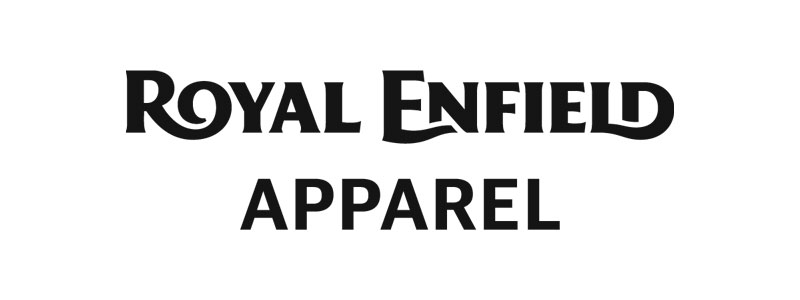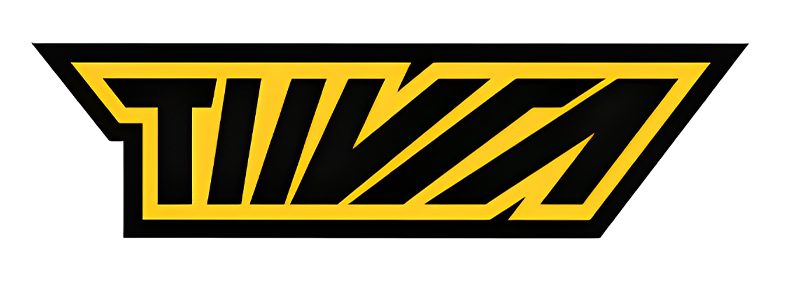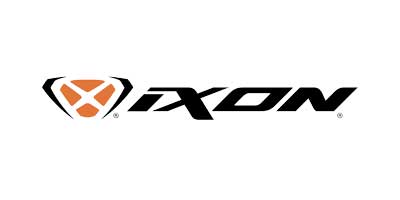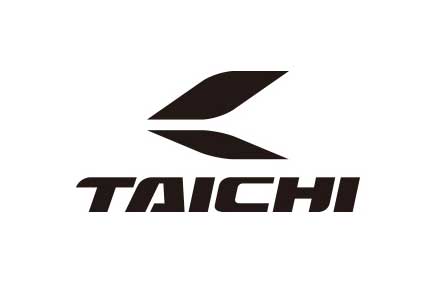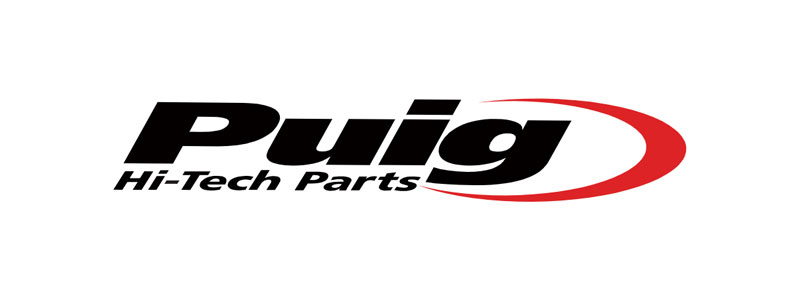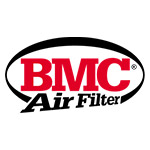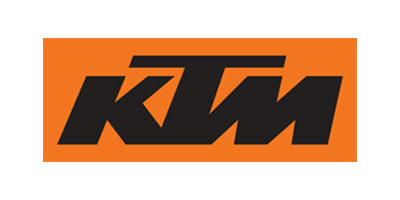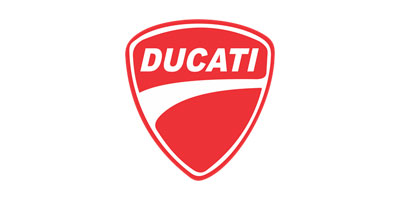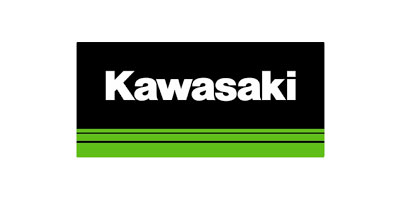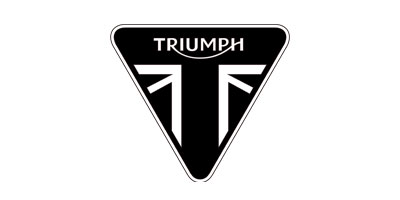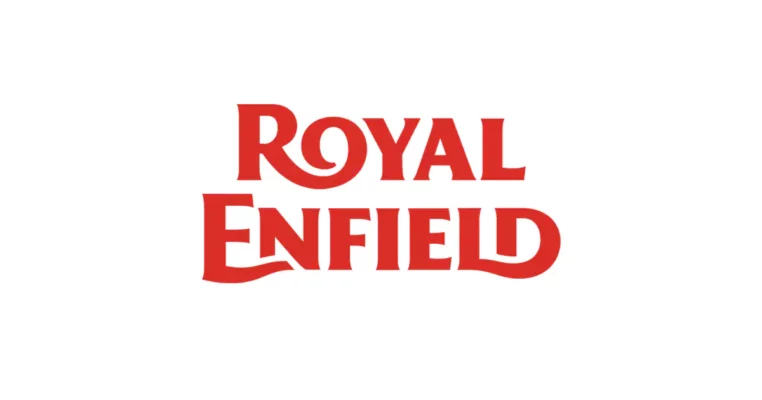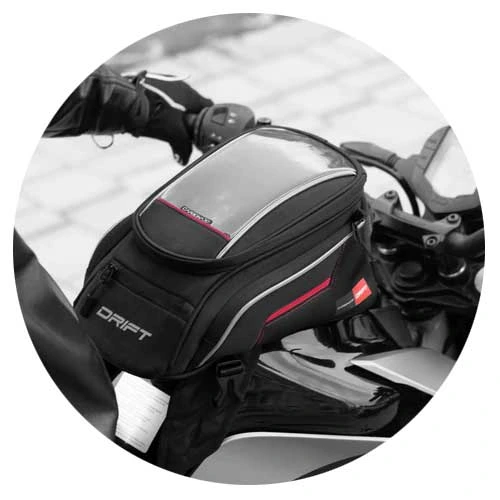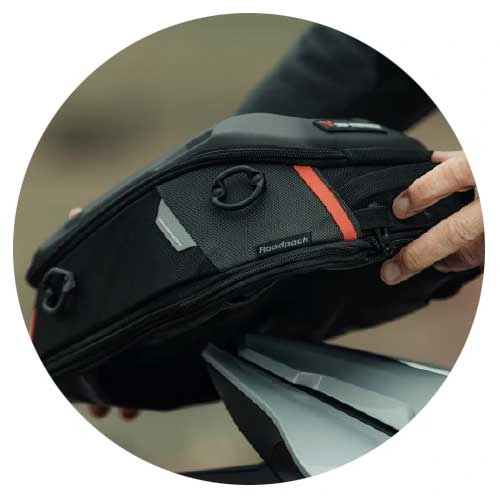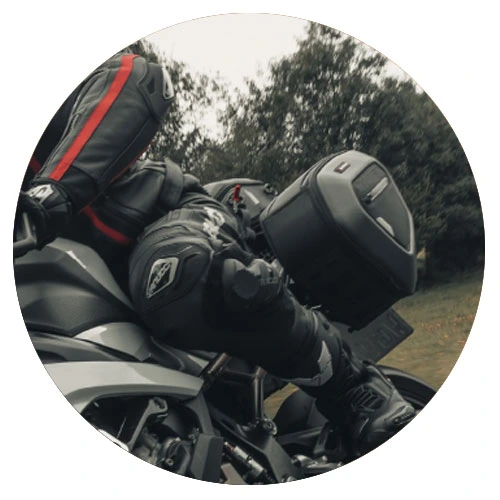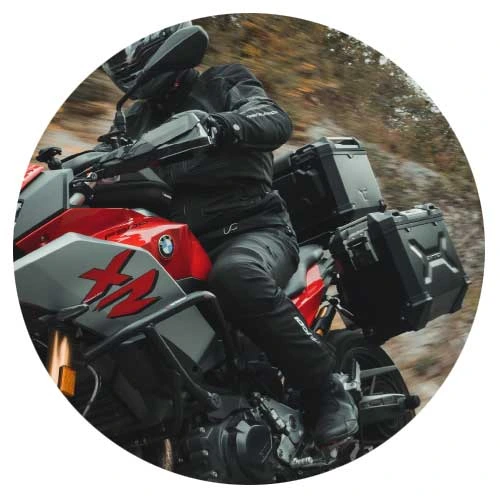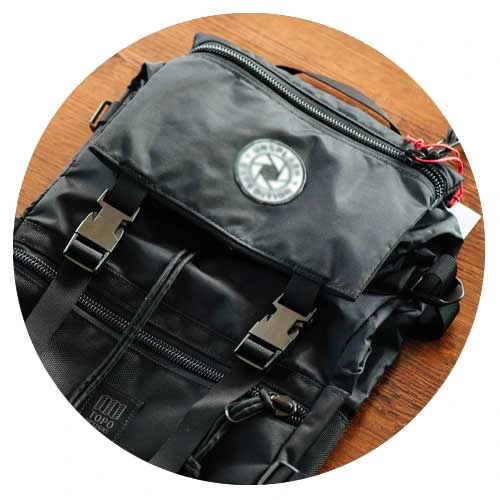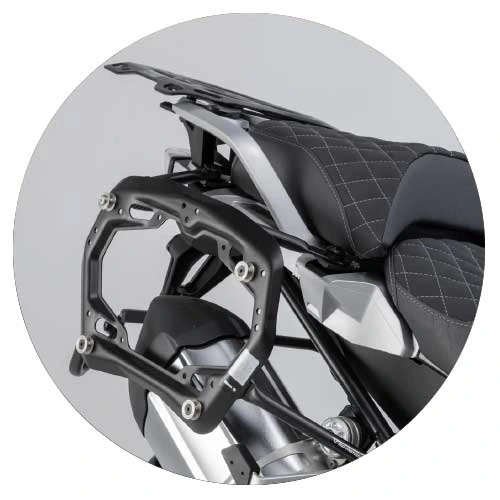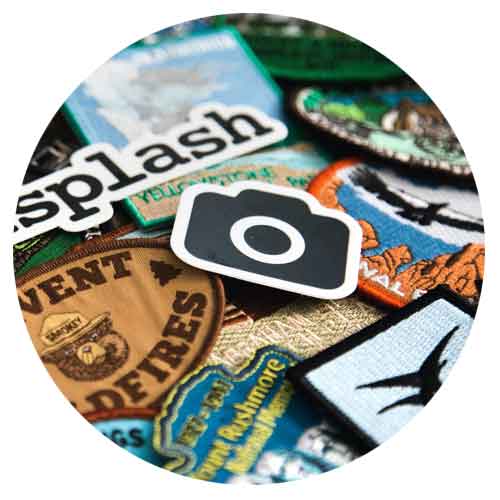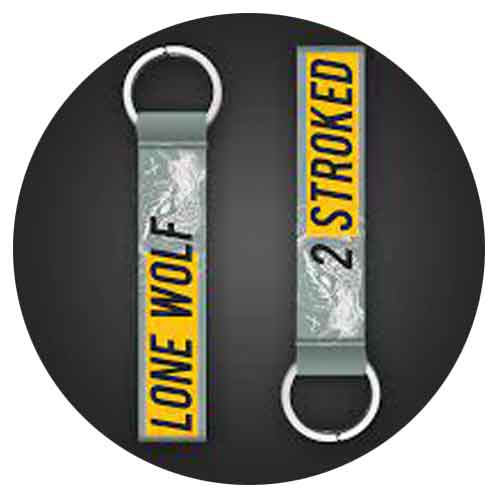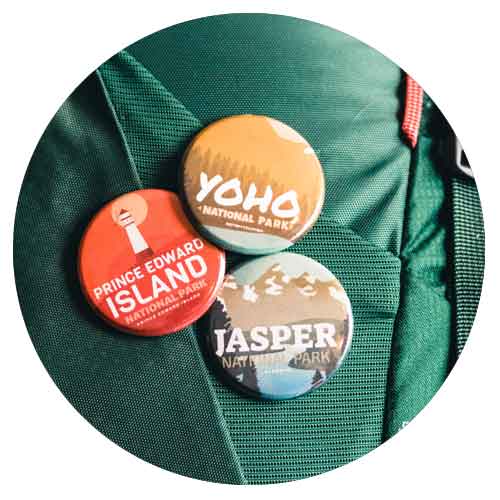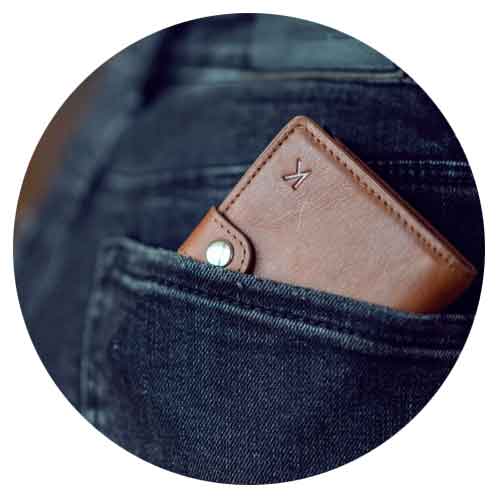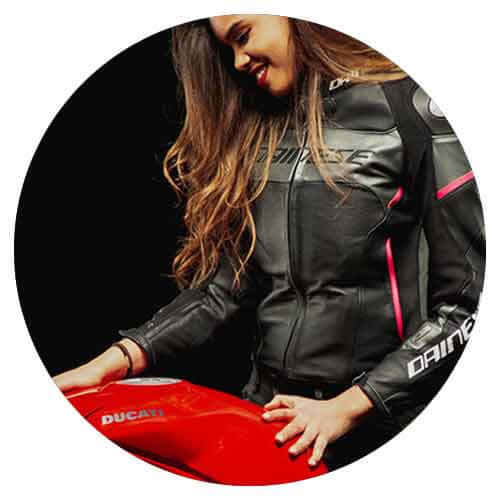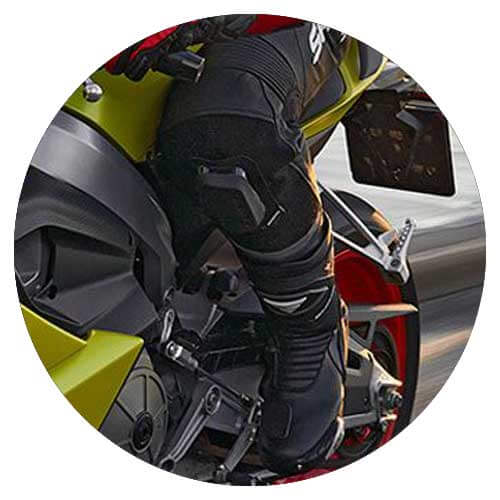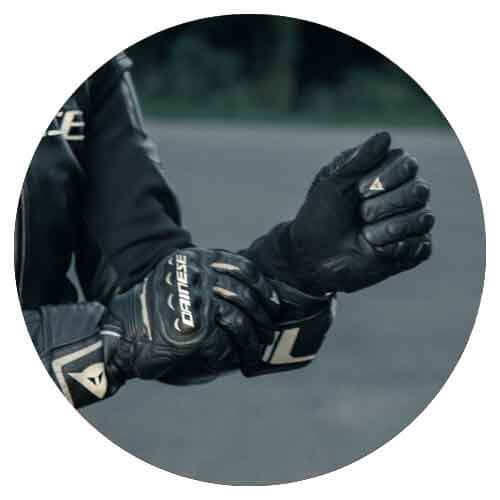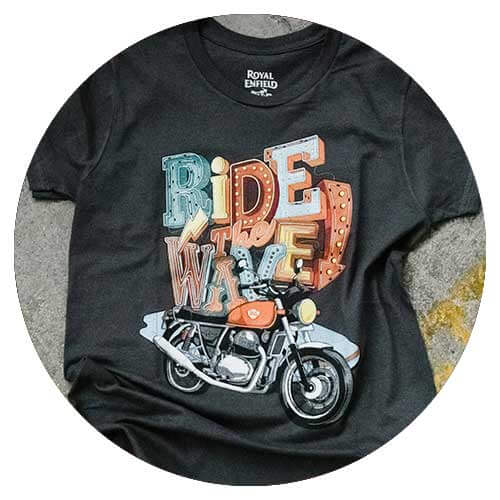Engine Warming Up? Is It Really Necessary?
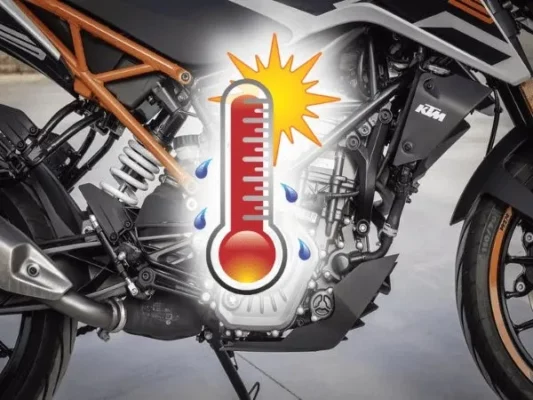
Have you ever wondered whether warming up your motorcycle before taking it out for a spin is necessary? Like how athletes warm up and stretch their bodies prior to racing, it begs the question of whether our bikes require similar attention. This article delves into this topic further, exploring the reasons behind why one should consider warming up their motorcycle before use and determining if there are any specific circumstances where doing so might be particularly beneficial.
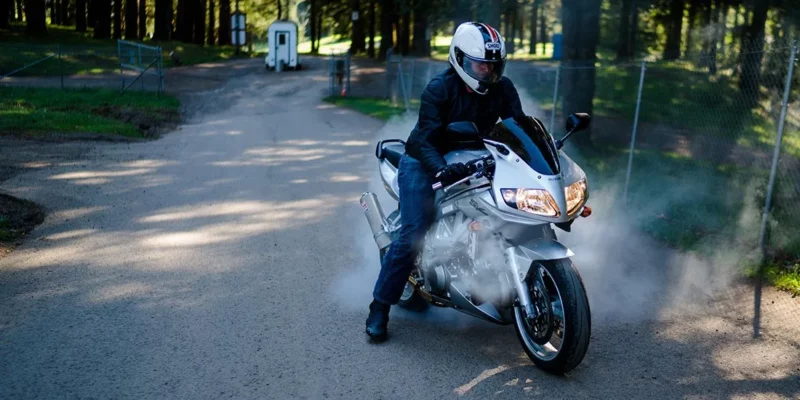
Warming up a motorcycle engine before taking off on a ride has been an age-old tradition among riders. It entails letting your bike idle for a few minutes at the first start of the day. The primary idea behind this is to allow proper lubrication and uniform warm up of various elements of the engine. However, in recent times, due to advancements in technology, there has been a debate on whether or not the practice is necessary. Riders argue that this entire process is a waste of fuel and time. Some riders believe that modern engines do not require warming up as much as older models did. Let’s look at some of the other possible reasons behind this.
Carburettors
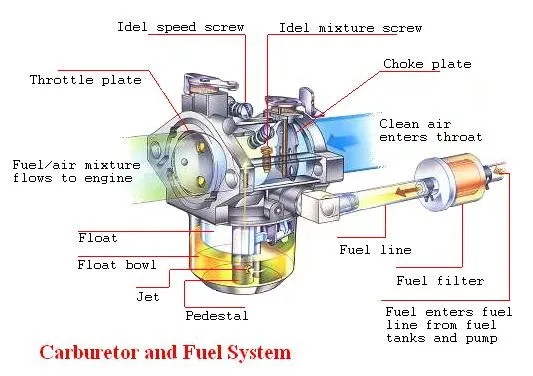
Carburetors were once the most widely used device for providing motorcycles with the optimal air-fuel ratio required for combustion. However, despite their effectiveness in this regard, they had a major flaw – they would only provide an accurate mix when operating at specific temperatures. This inconsistency could cause idling issues and even complete stalls if not managed properly.
Another issue that arose from using carburetors was that the vapors released during operation tended to condense upon coming into contact with elements of the motorcycle’s tract or cylinder walls. As a result of this condensation, there was often a leaner fuel mix provided which could negatively impact performance.
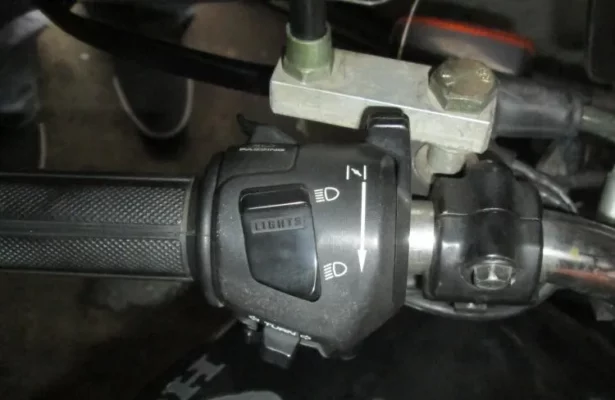
To mitigate these shortcomings, manufacturers began installing a ‘choke’ mechanism onto the carb to deliver richer fuel mixes until engines warmed up sufficiently enough to prevent further condensation occurrences. While effective as temporary fixes, it is important to note that carbureted bikes will require several minutes of warm-up time before use due to these design limitations.
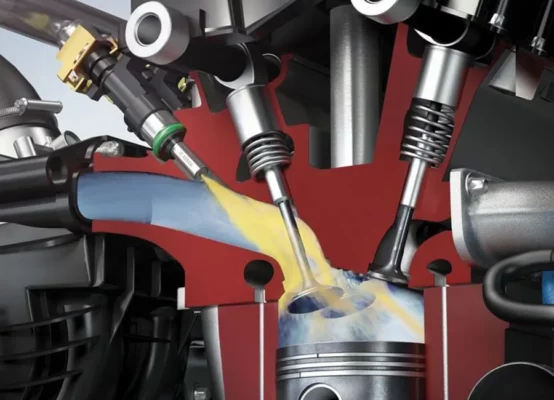
With the advent of fuel injections in modern day motorcycles, the bike’s ECU monitors the external temperature and internal temperature to provide the right amount of fuel to counter any condensation. This feature is called an ‘auto choke’. It turns on and off automatically. So if you ride a fuel injected motorcycle, with regards to fueling, there’s virtually no need to warm up before hitting the road.
Lubrication
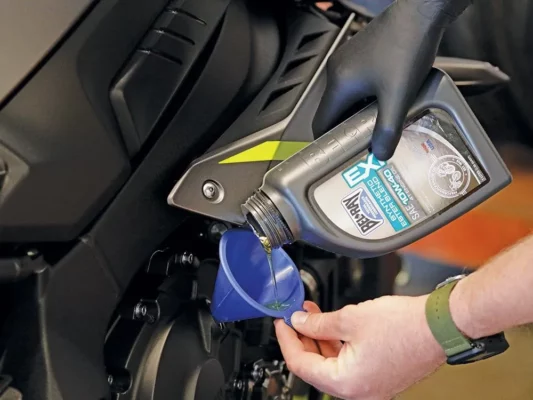
The next major concern is oil flow. Many rumours are that your motorcycle needs time for the oil to flow around different elements of the motorcycle to prevent seizing and overheating. Moreover, it is worth noting that the viscosity of oil plays a crucial role in ensuring efficient functioning of motorcycle engines. With colder temperatures, the thickness or resistance to flow increases which can impede smooth engine performance. However, with advancements in technology and research, modern-day motorcycle oils have been specifically formulated to maintain their optimal viscosity across varying temperature ranges.
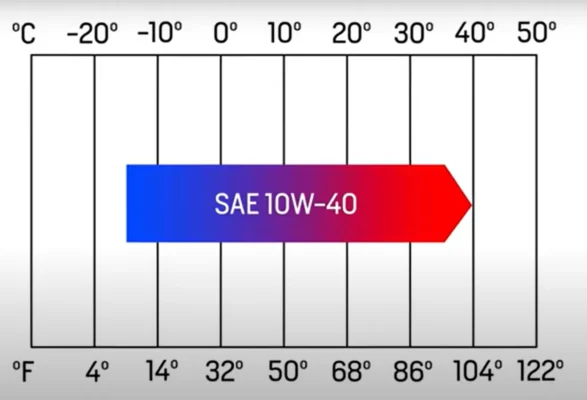
Take for instance 10W-40 oil blend which has demonstrated remarkable ability to retain its fluidity even under extreme conditions such as -20C° temperatures; making riding possible without any disruption or damage to your bike’s engine components. Therefore, it is evident that regulating oil temperature through warming up your bike may not be necessary considering the optimised formulas utilized by reputable brands within the industry. Instead focus on selecting high-quality synthetic blends designed for cold weather operation and enjoy seamless rides regardless of external factors like temperature changes!
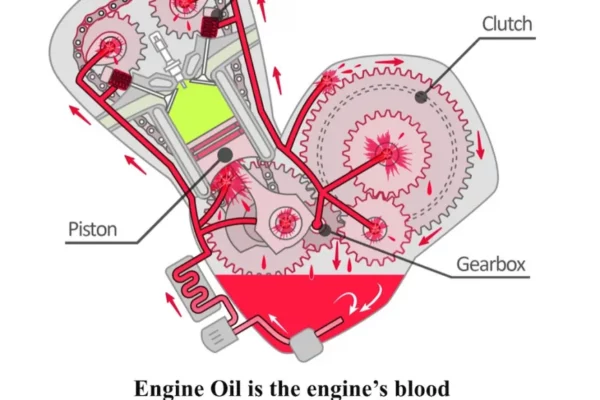
However, going back to our first point, you do need to give your bike a few minutes to build oil pressure and for proper circulation of oil around the engine before redlining it down the street. The process itself typically takes just a few seconds, though it can feel like an eternity when all you want is that rush of adrenaline from tearing down the street. Fortunately, most modern motorcycles have built-in indicators such as dashboard lights that signal when everything is good-to-go – giving riders added assurance that they’re in safe territory before taking off into open roads or challenging terrains alike.
So is it all just a myth ?
Unfortunately, it’s not. Irrespective if your bike is a 150cc or a litre class with all the bells and whistles. Different components of your motorcycle need to warm up evenly. Primarily speaking of the piston, piston rings and engine block. These elements need to expand evenly for the free and balanced motion. Ignoring the advice of warming up your bike and redling it straight away accelerates wear in the engine significantly.
It’s important to note that this does not mean you can’t hop on the saddle and ride, it just means you shouldn’t rev your bike excessively and put too much load on the engine until it’s warm. Cruising around on the bike when it’s cold is absolutely fine.
Conclusion
To summarize, if you ride a carbureted bike you most definitely need to warm it up before using it. However, on a modern day fuel injected engine, you don’t need more than a few seconds of warm up. By the time you strap your helmet and gloves on, you should be good to go.
Important note
It’s very important that you do not race your bike excessively to warm it up. This will accelerate wear in the engine and could cause engine failure due to lack of lubrication and uneven expansion. Motorcycles like the BMW S1000RR even display the operational temperature as the bike heats up by shortening the rev limiter.
How to Buy Motorcycle Accessories On Custom Elements?
If you want to take your riding experience up a notch, investing in high-quality accessories is the way to go. Don’t settle for mediocre products when online retailers like Custom Elements offer top-notch options from some of the best brands out there. The website makes it easy to find what you’re looking for with convenient search filters that allow you to quickly narrow down your choices. Once you’ve found the perfect accessory, checking out is a breeze and using Snapmint Easy EMI can even help save money with discounts and special offers available.



